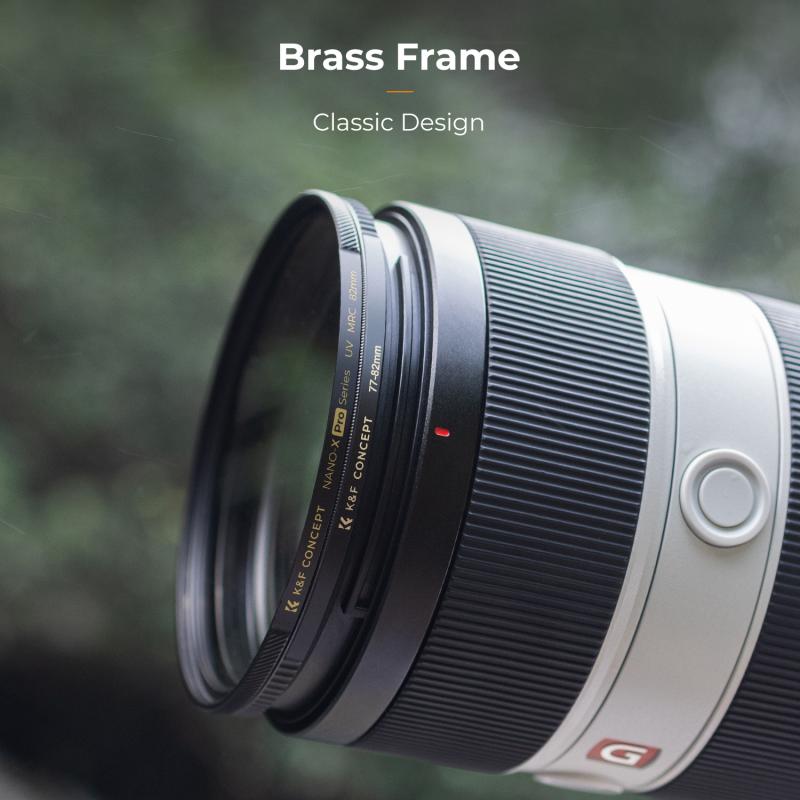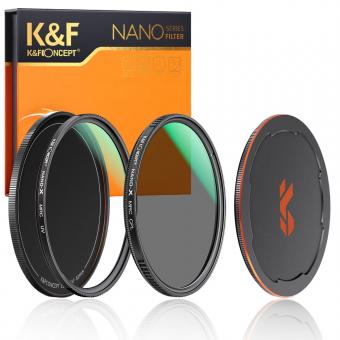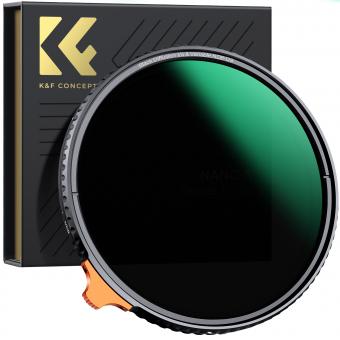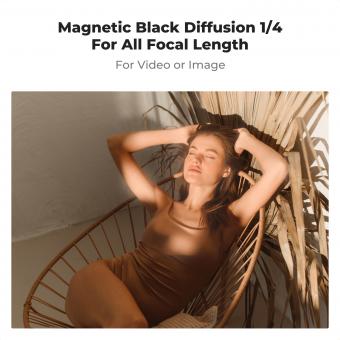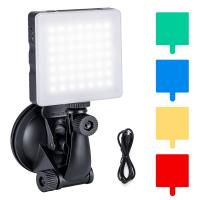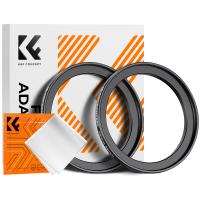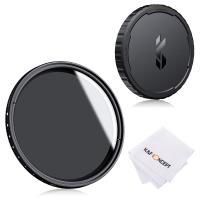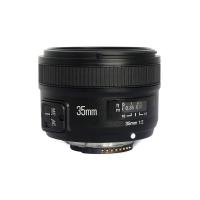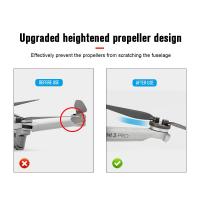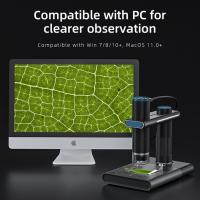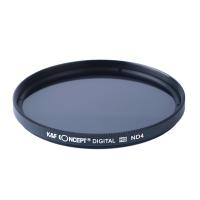How Does A Uv Pond Filter Work ?
A UV pond filter works by using ultraviolet light to kill algae and harmful bacteria in the water. The filter contains a UV lamp that emits UV-C radiation, which damages the DNA of microorganisms and prevents them from reproducing. As water passes through the filter, it is exposed to the UV light, which kills any harmful organisms present. The filtered water is then returned to the pond, where it is safe for fish and other aquatic life.
UV pond filters are typically used in conjunction with mechanical and biological filters, which remove larger debris and provide a habitat for beneficial bacteria. Together, these filters help to maintain a healthy and balanced ecosystem in the pond. It is important to note that UV pond filters do not remove physical debris from the water, so regular maintenance is still required to keep the pond clean and clear.
1、 Ultraviolet radiation
A UV pond filter works by using ultraviolet radiation to kill harmful bacteria and other microorganisms in the water. The filter contains a UV lamp that emits UV-C radiation, which is the most effective type of UV radiation for water purification. As water passes through the filter, it is exposed to the UV-C radiation, which damages the DNA of any microorganisms present, preventing them from reproducing and causing harm.
UV pond filters are particularly effective at controlling algae blooms, which can be a major problem in ponds and other bodies of water. Algae thrive in warm, nutrient-rich water, and can quickly take over a pond, making it unsightly and potentially harmful to fish and other aquatic life. By using a UV pond filter, pond owners can prevent algae from growing and keep their water clear and healthy.
Recent research has shown that UV pond filters can also be effective at controlling the spread of certain viruses, including the herpes virus that can affect koi and other fish. While UV radiation cannot completely eliminate viruses, it can reduce their numbers and slow their spread, helping to keep fish populations healthy.
Overall, UV pond filters are a safe and effective way to keep pond water clean and healthy. They require minimal maintenance and can be used in conjunction with other types of pond filters for even greater water quality control.
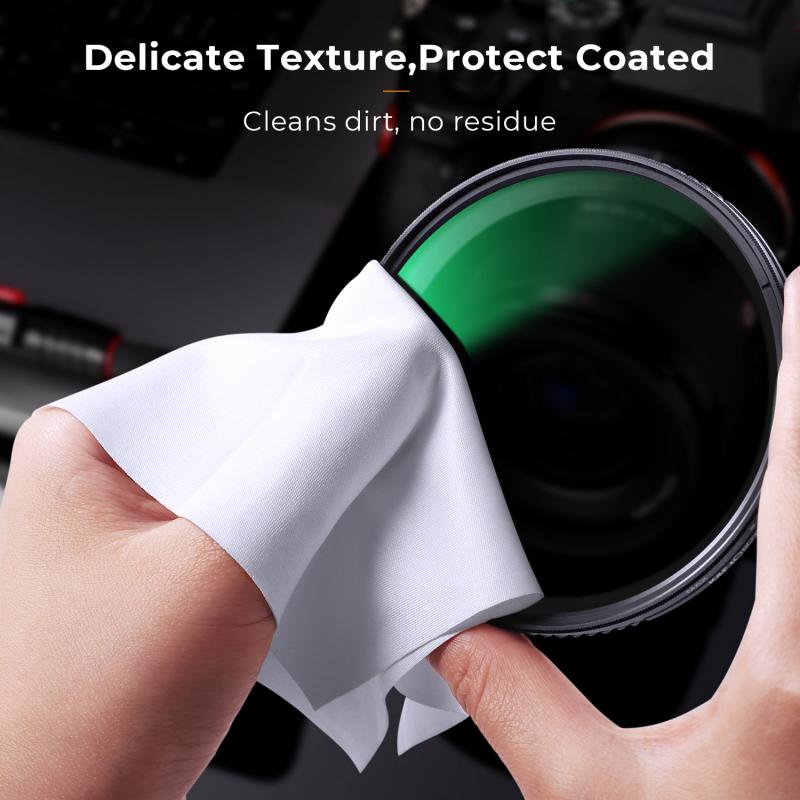
2、 Biological filtration
A UV pond filter works by using ultraviolet light to kill harmful bacteria and other microorganisms in the water. The UV light is contained within a quartz sleeve and the water is passed through this sleeve, where it is exposed to the UV light. The UV light damages the DNA of the microorganisms, preventing them from reproducing and ultimately killing them.
In addition to the UV light, a UV pond filter also utilizes biological filtration to remove other contaminants from the water. Biological filtration involves the use of beneficial bacteria that break down organic matter in the water, converting it into less harmful compounds. These bacteria grow on a filter media, such as foam or bio-balls, and as the water passes through the media, the bacteria remove contaminants from the water.
Recent research has shown that UV pond filters can be effective in reducing the spread of certain diseases in fish populations. For example, a study published in the Journal of Aquatic Animal Health found that a UV pond filter was effective in reducing the spread of a virus that can be deadly to koi fish.
Overall, a UV pond filter is an effective way to keep pond water clean and clear, and to promote the health of fish and other aquatic life. By combining UV light with biological filtration, these filters can remove a wide range of contaminants from the water, helping to maintain a healthy and balanced ecosystem.
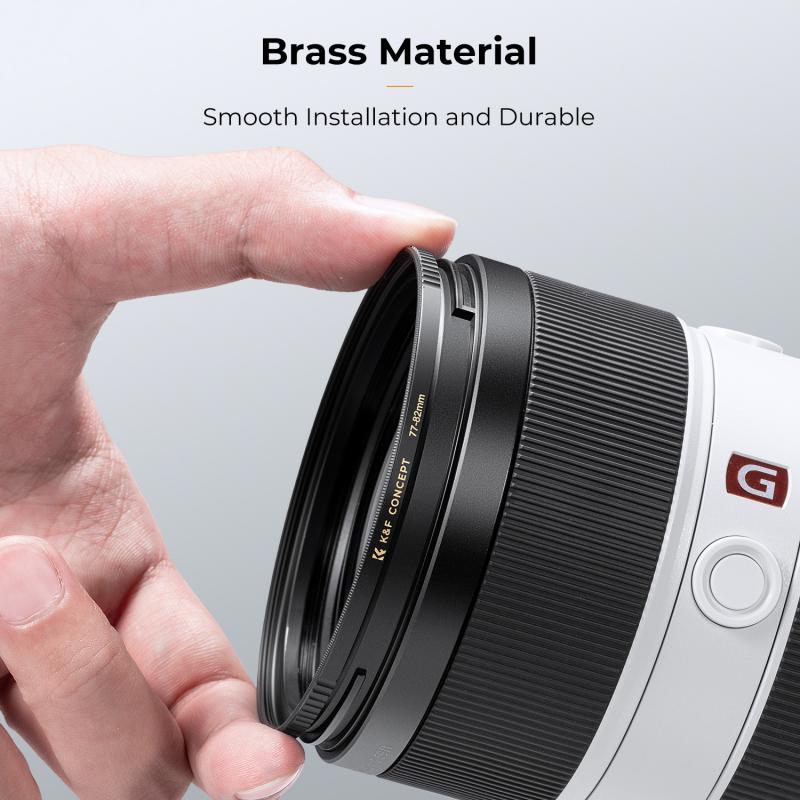
3、 Mechanical filtration
How does a UV pond filter work? UV pond filters use ultraviolet light to kill harmful bacteria and other microorganisms that can cause diseases in fish and other aquatic animals. The UV light is generated by a special lamp that is housed inside the filter. As water passes through the filter, it is exposed to the UV light, which kills any harmful microorganisms that may be present.
In addition to UV sterilization, pond filters also use mechanical filtration to remove debris and other particles from the water. This is typically done using a series of filter pads or screens that trap larger particles as the water passes through. Some filters also use biological filtration, which involves the use of beneficial bacteria to break down organic waste and other pollutants in the water.
Recent advancements in UV pond filter technology have led to the development of more efficient and effective filters. For example, some filters now use multiple UV lamps to increase the amount of sterilization that takes place, while others use advanced materials and coatings to improve the efficiency of the UV light. Additionally, some filters now incorporate smart technology that allows them to adjust their settings based on the specific needs of the pond or aquarium they are being used in. Overall, UV pond filters are an essential tool for maintaining a healthy and thriving aquatic environment.
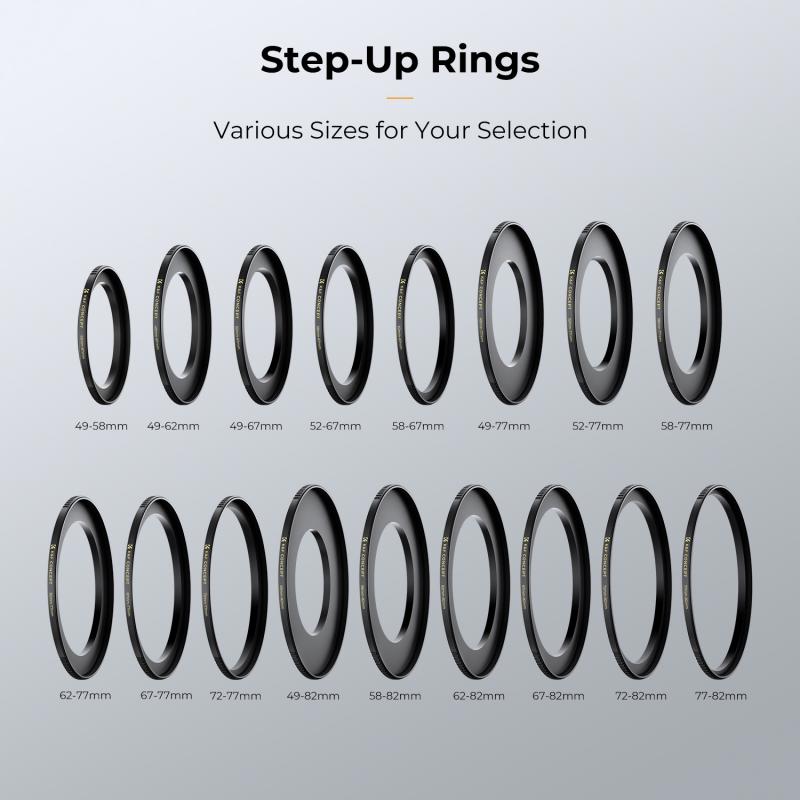
4、 Water flow rate
How does a UV pond filter work? UV pond filters use ultraviolet light to kill harmful bacteria and other microorganisms in pond water. The filter contains a UV lamp that emits UV-C radiation, which is lethal to microorganisms. As water flows through the filter, it is exposed to the UV-C radiation, which destroys the DNA of the microorganisms, rendering them unable to reproduce and causing them to die off.
UV pond filters are effective at controlling algae blooms and other water quality issues caused by excessive microorganism growth. They are also a safe and chemical-free way to maintain a healthy pond ecosystem. However, it is important to note that UV pond filters do not remove physical debris from the water, such as leaves or twigs. For this reason, it is recommended to use a mechanical filter in conjunction with a UV pond filter to ensure optimal water clarity and quality.
When choosing a UV pond filter, it is important to consider the water flow rate. The flow rate should be matched to the size of the pond and the amount of water that needs to be filtered. A UV pond filter with a flow rate that is too low will not be effective at controlling microorganisms, while a filter with a flow rate that is too high may not provide enough exposure time for the water to be properly treated. It is also important to regularly clean and maintain the filter to ensure optimal performance.
